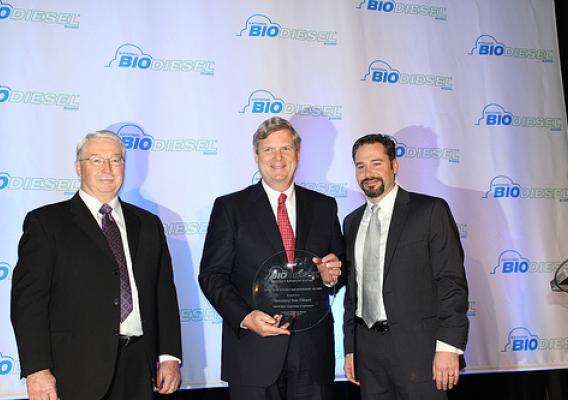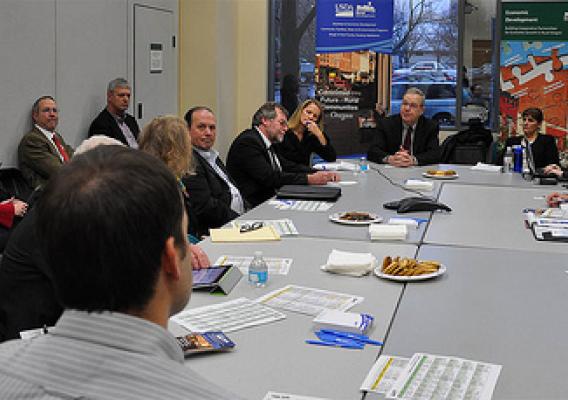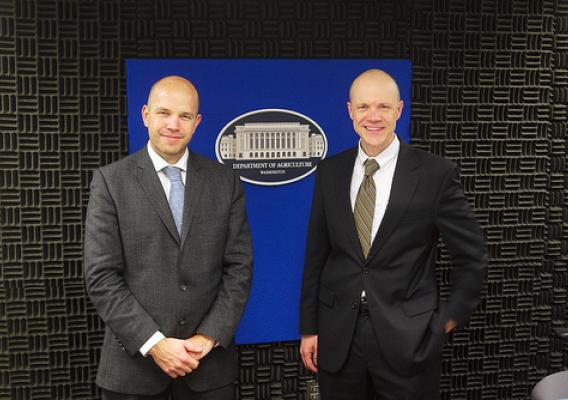A passion for agriculture is what brought 50 young farmers to the Washington, D.C., area this week, as part of a national networking forum for the next generation of producers.
“We want to let young producers know that their voice is important and they shouldn’t be hesitant or bashful about communicating with policymakers,” said Gordon Stone, executive vice president of the National Young Farmer Educational Association, or NYFEA, which sponsored Agriculture’s Promise: The Washington Forum.
Undersecretary for Farm and Foreign Agricultural Services Michael Scuse joined several speakers on day two of the three-day event — held Monday, Feb. 4 at National Harbor — to provide an overview of the Farm Service Agency, Risk Management and Foreign Agricultural Service and encourage discussion about USDA’s programs and policies. Scuse mentioned a new microloan program designed to help small and family operations, beginning and socially disadvantaged farmers secure loans under $35,000. Microloans will help producers through their start-up years by providing needed resources and helping to increase equity so that farmers may eventually graduate to commercial credit and expand their operations. Scuse also spoke about the importance of communicating effectively with rural America.




